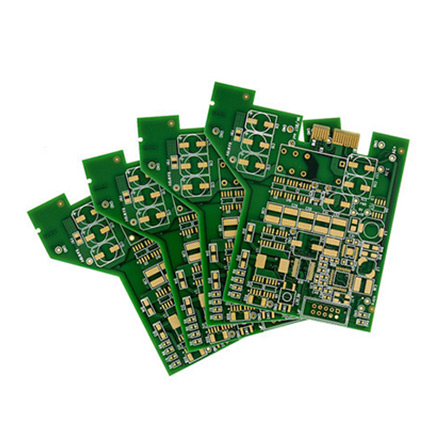

Understanding Different Types of Low-E Glass
Low Emissivity (Low-E) glass is a type of energy-efficient glazing that has gained significant popularity in building construction, residential windows, and commercial applications. Its primary function is to reduce the amount of ultraviolet (UV) and infrared light that can pass through the glass without compromising the amount of visible light that enters a building. This unique property not only enhances comfort but also significantly improves energy efficiency. Let's delve into the different types of Low-E glass and their applications.
Types of Low-E Glass
There are two main categories of Low-E glass hard coat Low-E and soft coat Low-E. Each type has distinct characteristics and is suited for different applications based on performance requirements.
Hard coat Low-E glass, also known as pyrolytic Low-E glass, is produced by applying a thin layer of metallic oxide coating on the surface of the glass during the manufacturing process. This coating is baked into the glass while it is still in a molten state, making it highly durable and resistant to scratching and environmental damage.
Advantages - Durability The coating is robust, making this type suitable for exterior applications. - Cost-Effective Generally, hard coat Low-E glass is less expensive than its soft coat counterpart. - UV Protection It effectively blocks harmful UV rays, protecting interior furnishings from fading.
Disadvantages - Lower Solar Heat Gain While it reflects heat, hard coat Low-E glass allows more solar heat gain than soft coat glass, which may not be ideal for all climates.
2. Soft Coat Low-E Glass

Soft coat Low-E glass, also known as sputtered Low-E glass, is manufactured by applying a thin layer of silver or other metallic coatings onto the glass surface in a vacuum environment. This method allows for a much thinner and more precise application, resulting in superior thermal performance.
Advantages - Superior Energy Efficiency It offers better insulation properties and reduces heat loss in winter and heat gain in summer, making it perfect for climates that experience extreme temperature variations. - Enhanced Optical Clarity Soft coat Low-E glass provides a clearer view and allows more visible light to pass through while still blocking UV and infrared rays.
Disadvantages - Less Durable The soft coating is more fragile than hard coat glass, making it more prone to damage and typically less suitable for direct exposure to the elements without protective glazing. - Higher Cost Usually, the production costs are greater compared to hard coat Low-E glass.
Applications of Low-E Glass
Low-E glass can be used in various applications, including residential windows, skylights, curtain walls, and commercial storefronts. In homes, it aids in maintaining indoor comfort by minimizing heat loss in winter and keeping interiors cooler during summer, reducing the need for constant heating and cooling.
In commercial applications, Low-E glass is crucial not just for energy efficiency but also for creating aesthetically pleasing spaces with ample natural light while controlling glare and temperature. Moreover, different climates benefit from different types of Low-E glass, where areas with high solar gain may favor soft coat options, while more temperate climates may benefit from the durability of hard coat glass.
Conclusion
Choosing the right type of Low-E glass is essential for maximizing energy efficiency and comfort in buildings. Understanding the differences between hard coat and soft coat Low-E provides insight into which is best suited for specific needs. As the demand for sustainable building practices continues to rise, Low-E glass is likely to become an ever more vital component of modern architectural design.